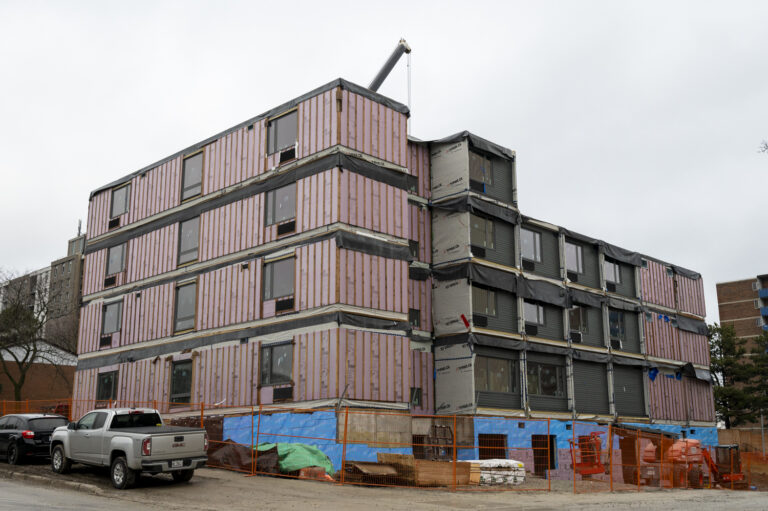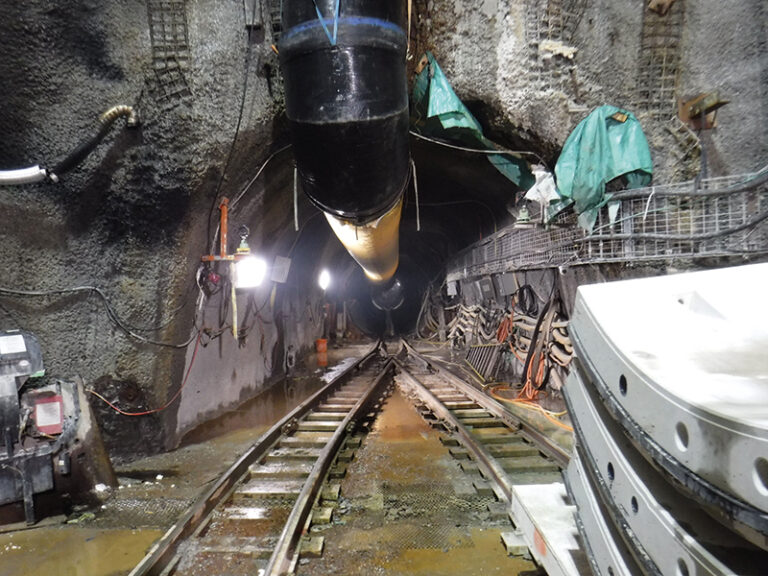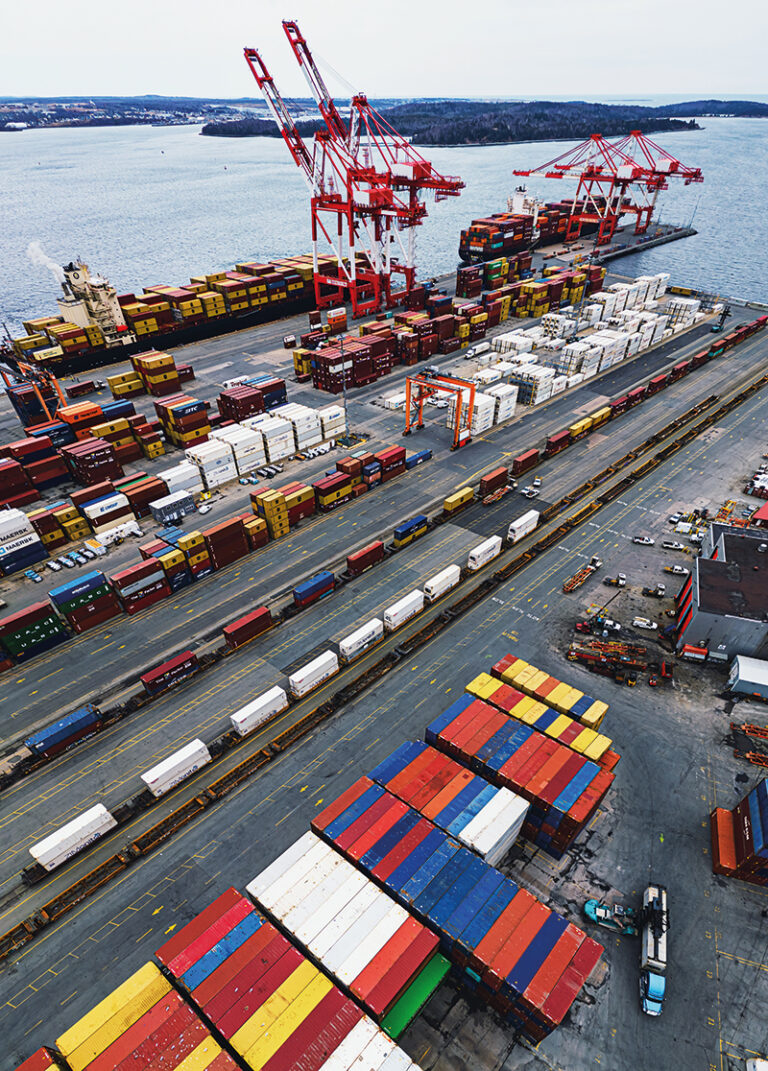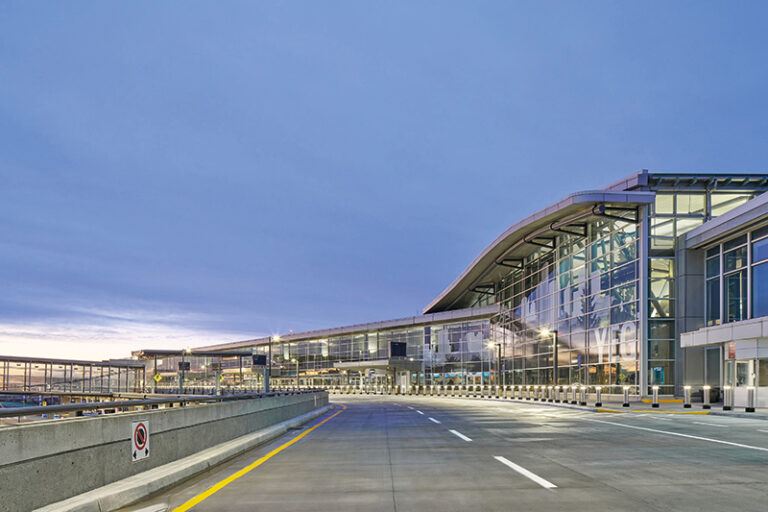By Brian P. Reid and Lily Suh
Driven by growing housing needs, clean energy policies and a high volume of telecommunications transactions, demand for Canadian infrastructure projects has been rising. However, ongoing uncertainties around U.S. tariffs on Canadian goods and reciprocal Canadian tariffs (collectively, the tariffs) threaten to undermine this positive trend. What was once one of the world’s strongest trade relationships is becoming increasingly strained with growing protectionist policies driving nationalist narratives and disrupting existing trade agreements. This growing divide is felt across Canadian industries, particularly in construction.
Although the timing, amounts and goods that will be subject to these tariffs remain a moving target, they are expected to complicate procurement activities, increase construction costs and potentially cause delays. Uncertainty felt by commercial parties will likely be manifested during contract negotiations as contractors and owners seek to implement protective measures to protect themselves against volatility.
In this article we look at the potential effects of the tariffs on Canadian construction projects from a legal perspective—and offer some recommendations for mitigating these risks through carefully drafted contract language
The U.S.-Canada trade relationship from a construction perspective
The reliance on U.S. materials for Canadian construction projects presents a significant challenge for contractors and owners with tariffs taking effect. The U.S. is a major import partner of Canada with a long history of supply chain integration. The U.S. is also an important source of industrial products and manufactured goods for Canada, making the threat of tariffs and countermeasures to Tariffs especially concerning.
Canada responded with reciprocal tariffs on U.S. goods in the first quarter of 2025. The current list of U.S. products subject to counter-tariffs include commonly used U.S. sourced construction products, including: base metal mountings, fittings and similar items; chemical and mechanical wood pulp; fibreboard, plywood and laminated wood; Files, pliers, pipe-cutters, bolt croppers, perforating punches and similar hand tools; Moving, grading, levelling, scraping, excavating, tamping, compacting, extracting or boring machinery, pile-drivers/pile-extractors; snow-ploughs and snow-blowers; and various forms of precious metals.
In addition to these items, effective March 13, 2025, steel and aluminum products from the U.S. became subject to a surtax of 25 per cent which was implemented in response to the 25 per cent tariff on all steel and aluminum products from Canada imposed by the U.S. on March 12, 2025. Canada also implemented a 25 per cent tariff on non-CUSMA-compliant, U.S.-made vehicles and U.S. content of CUSMA-compliant U.S.-made vehicles. This was again a reciprocal tariff after the U.S. imposed a tariff against the Canadian auto sector.
In response to the latest tariffs, a number of Canadian provinces have also banned U.S.-based companies from doing business with that province. For example, Ontario’s new Procurement Restriction Policy excludes certain U.S.-based companies (a company must have its main office or headquarters in the U.S. and have fewer than 250 full-time employees in Canada) from participating in government procurement opportunities in Ontario.
The ongoing tariff battles should come as no surprise to those in the construction industry. During President Trump’s first term, the U.S. imposed 25 per cent tariffs on steel and 10 per cent on aluminum products imported from Canada, citing national security concerns—the very same justification used again in 2025. In response, Canada imposed a reciprocal tariff on U.S. steel and aluminum products to take effect on July 1, 2018 which remained in place until May 20, 2019.
Common legal issues and project planning
Common project issues likely to arise from the tariffs will include claims for more money, or a schedule extension. Typically, these types of claims will also trigger a discussion regarding one or more of the following contract clauses or legal principles:
Change-in-Law: A common contract clause that is designed to address cost increases due to Tariffs or other similar legislative impacts is a ‘change-in-law’ provision. Although the wording of these clauses varies significantly from contract to contract, they generally entitle the claimant to relief where there is a change in the applicable laws of Canada or a Province after the effective date of the contract. However, with the threat of tariffs by the U.S. and Canada looming for some time, it may be difficult for a claimant to support a change-in-law claim if they knew, or should have reasonably anticipated these tariffs before signing the contract.
Taxes: Contractual tax provisions may also allocate responsibility for cost increases arising from tariffs. For example, the CCDC 2 – Stipulated Price Contract generally categorizes taxes as either: a) Value Added Taxes (VAT), which generally confirms that GST is excluded from the contract price; or b) taxes and duties in effect at the time of bid closing, except VAT, which are incorporated into the contract price. Importantly, Section 10.1.2 of the CCDC 2 provides that “[a]ny increase or decrease in costs to the Contractor due to changes in taxes and duties after the time of the bid closing shall increase or decrease the Contract Price accordingly.”
Frustration: A contract may be considered “frustrated” if an event makes it impossible for a party to fulfill its obligations. While a change in law could lead to a valid frustration claim, the impact must undermine the very foundation of the agreement, not simply create challenges or disruptions. In particular, a party claiming frustration must typically prove:
- A supervening event that occurred through no fault of either party;
- The supervening event must not have been reasonably foreseeable when the contract was signed;
- The supervening event must directly or indirectly impact a material element of the contract; and
- The supervening event must alter the nature of the obligation so as to make it radically different.
Similar to the discussion above regarding a change-in-law claim, parties will have to consider whether any tariff related delays should have been reasonably contemplated when they signed the contract. If so, they may not be able to claim that there was a frustration of contract. Again, President Trump imposing tariffs on steel and aluminum products from Canada during his first term in 2018 and Canada imposing its own surtax in response, is strikingly similar to current trade events. Accordingly, it is unlikely that a valid claim of frustration could be advanced. However, to the extent a trade war intensifies, this may change.
Force Majeure: Another potential, but less likely, contract claim arising from the tariffs is through a force majeure clause. Generally speaking, force majeure clauses provide relief where a party is prevented from performing its contract obligations due to an unforeseeable event (for example, due to a natural disaster). As a creation of contract, only a carefully worded force majeure clause will provide relief in the event of a dispute. However, case law suggests that an increased financial burden caused by tariffs is unlikely to excuse contractual obligations. Accordingly, although a force majeure clause could potentially be triggered by the tariffs, the vast majority are unlikely to provide any relief.
Recommendations
Although construction industry players have no control over the tariffs, owners and contractors should consider the following factors in order to mitigate their potential impacts:
- For ongoing contracts, parties should carefully review and understand any change-in-law, tax, force majeure and change order provisions to ensure they understand and carefully adhere to all applicable provisions. Particular attention should be paid to any notice requirements related to a potential claim for cost increases or schedule relief as a failure to comply with these requirements can be used to defeat an otherwise valid claim.
- Absent a clear contractual right to seek additional compensation or a schedule extension, a claimant may consider the merits of a common law claim for frustration. However, as noted above, this will be a very high bar to meet.
- For parties negotiating a contract with knowledge of actual or potential tariffs, it will be important to specifically address potential cost increases and other project impacts in the contract. Otherwise, a claimant may be deemed to have accepted this risk.
Properly allocating risk through careful contract drafting provisions will help manage expectations and ensure that performance proceeds as agreed, regardless of unforeseen circumstances. Ambiguity in contracts, however, leads to a multiplicity of issues, leaving parties uncertain when tariff impacts occur.
Brian P. Reid is a partner at Bennett Jones in Calgary.
Lily Suh is a student-at-law at Bennett Jones in Calgary.
[This article appeared in the July/August 2025 issue of ReNew Canada.]
Featured image: The reliance on U.S. materials for Canadian construction projects presents a significant challenge for contractors and owners with tariffs taking effect.












